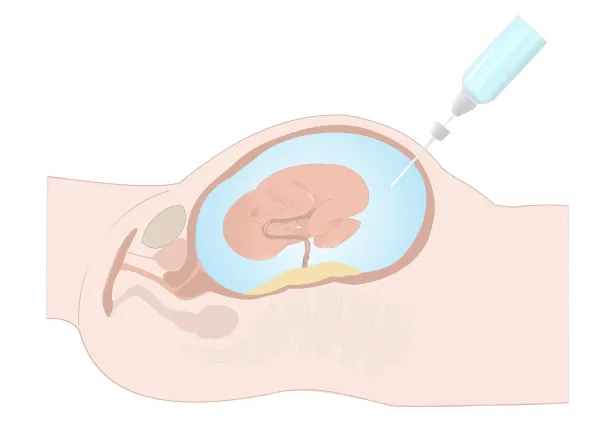More Than One Organ Does Not Imply Complete Abdominal USG
Question: Our radiologist did an ultrasound assessment of the liver and spleen. The two organs are in different quadrants of the abdomen. Can we submit code 76700 and report this as complete examination of the abdomen on ultrasound?
Connecticut Subscriber
Answer: Your radiologist has done assessment of more than one organ on ultrasound, i.e., the liver and spleen. Yet this does not qualify for a complete abdominal ultrasound examination. You submit code 76705 (Ultrasound, abdominal, real time with image documentation; limited [e.g., single organ, quadrant, follow-up]) for this examination and report it as limited ultrasound of the abdomen. The descriptor of this code states that it applies to only one single organ or single quadrant ultrasound of the abdomen. However, more than one organ may not always qualify for a complete abdominal ultrasound.
Complete abdominal ultrasound: You should reserve code 76700 (Ultrasound, abdominal, real time with image documentation; complete) for a complete abdominal evaluation.
For you to report a complete abdominal ultrasound (76700), the documentation must describe the specific elements or explain why they can’t be visualized. According to CPT®’s “Abdomen and Retroperitoneum” ultrasound guidelines, these specific elements include the liver, gallbladder, common bile duct, pancreas, spleen, kidneys, upper abdominal aorta, and the inferior vena cava (IVC). Your provider should also note any abdominal abnormality present.
Here’s why: CPT®’s “Diagnostic Ultrasound” section guidelines specify that for a complete exam, the report should contain a description of the elements CPT® states comprise a complete exam for that anatomic area “or the reason that an element could not be visualized (e.g., obscured by bowel gas, surgically absent.)”
If you don’t meet these requirements, the guidelines instruct you to use the limited code. Examples of when a limited code would be appropriate include a “limited number of organs or limited portion of region evaluated.




